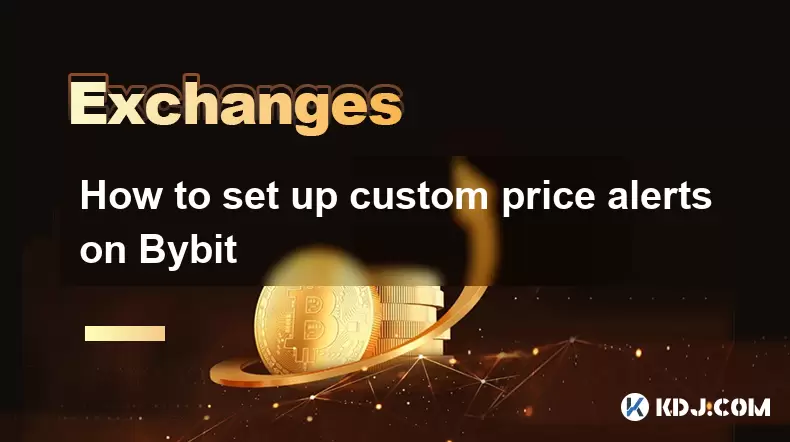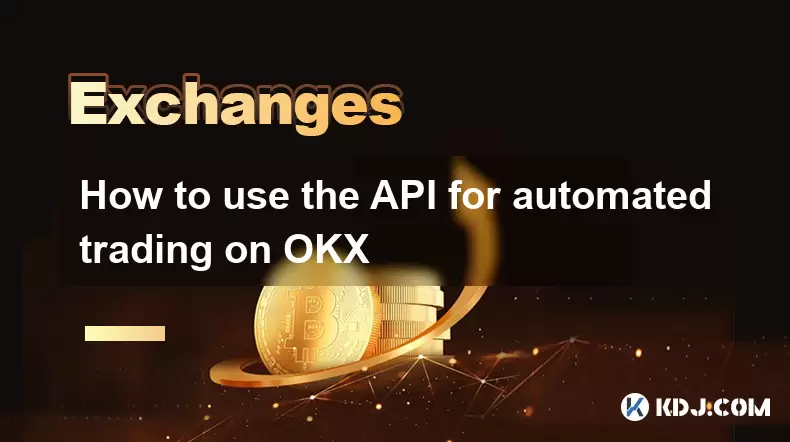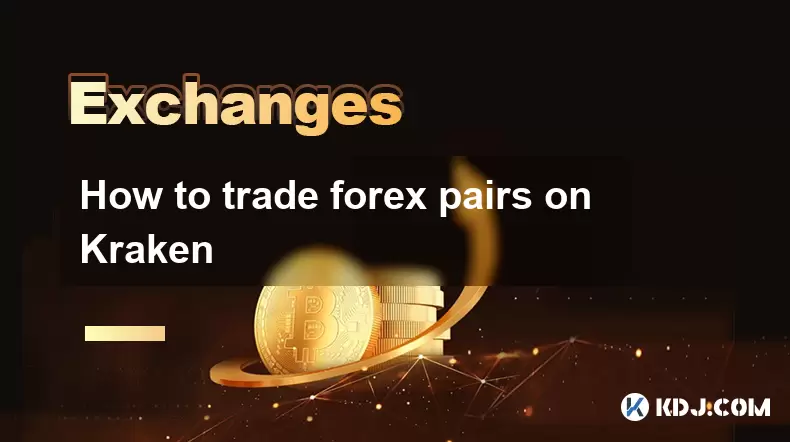-
 Bitcoin
Bitcoin $117300
1.99% -
 Ethereum
Ethereum $3884
5.89% -
 XRP
XRP $3.268
9.33% -
 Tether USDt
Tether USDt $1.000
0.02% -
 BNB
BNB $783.0
1.78% -
 Solana
Solana $173.6
3.51% -
 USDC
USDC $0.9999
0.00% -
 Dogecoin
Dogecoin $0.2193
7.00% -
 TRON
TRON $0.3380
0.30% -
 Cardano
Cardano $0.7769
5.08% -
 Stellar
Stellar $0.4350
9.36% -
 Hyperliquid
Hyperliquid $40.23
5.78% -
 Sui
Sui $3.739
6.95% -
 Chainlink
Chainlink $18.30
9.46% -
 Bitcoin Cash
Bitcoin Cash $581.7
2.11% -
 Hedera
Hedera $0.2577
5.51% -
 Ethena USDe
Ethena USDe $1.001
0.00% -
 Avalanche
Avalanche $23.08
4.23% -
 Litecoin
Litecoin $121.7
2.24% -
 UNUS SED LEO
UNUS SED LEO $8.962
-0.34% -
 Toncoin
Toncoin $3.332
1.36% -
 Shiba Inu
Shiba Inu $0.00001273
3.39% -
 Uniswap
Uniswap $10.35
6.84% -
 Polkadot
Polkadot $3.818
4.01% -
 Dai
Dai $1.000
0.01% -
 Bitget Token
Bitget Token $4.446
2.13% -
 Cronos
Cronos $0.1491
4.96% -
 Monero
Monero $255.4
-9.78% -
 Pepe
Pepe $0.00001099
4.80% -
 Aave
Aave $284.0
8.01%
What is the staking income of Kraken? What are the lock-up period and redemption rules?
Kraken's staking service lets users earn passive income on crypto like ETH and ADA, with lock-up periods and redemption rules varying by cryptocurrency.
May 16, 2025 at 07:28 am

Kraken, one of the leading cryptocurrency exchanges, offers a staking service that allows users to earn passive income on their cryptocurrency holdings. Understanding the staking income, lock-up periods, and redemption rules is essential for anyone looking to maximize their returns while minimizing risks. In this article, we will delve into the specifics of Kraken's staking program, providing detailed insights into each aspect.
What is Staking Income on Kraken?
Staking income on Kraken refers to the rewards users earn by participating in the staking process. Staking involves holding and locking up certain cryptocurrencies to support the operations of a blockchain network, such as transaction validation and network security. In return, participants receive staking rewards, which are typically distributed in the form of additional cryptocurrency.
Kraken supports staking for various cryptocurrencies, including but not limited to Ethereum (ETH), Cardano (ADA), and Tezos (XTZ). The staking income varies depending on the specific cryptocurrency and the network's current reward rate. For instance, Ethereum's staking rewards can range from 4% to 7% annually, while Cardano's rewards might hover around 5% to 6% annually. These rates are subject to change based on network conditions and the total amount of cryptocurrency staked.
How to Start Staking on Kraken
To start staking on Kraken, users must follow a straightforward process. Here is a detailed guide on how to initiate staking:
- Log into your Kraken account: Ensure you have an active account on Kraken. If you don't have one, you will need to sign up and complete the necessary verification processes.
- Navigate to the Staking Section: Once logged in, go to the 'Staking' section of the Kraken platform. This can usually be found under the 'Earn' or 'Products' tab.
- Select the Cryptocurrency: Choose the cryptocurrency you wish to stake from the list of supported assets. Make sure you have the required amount in your Kraken wallet.
- Review Staking Details: Before proceeding, review the staking details, including the expected rewards, lock-up period, and any associated fees.
- Initiate Staking: Click on the 'Stake' button to lock up your chosen cryptocurrency. The funds will be moved to a staking wallet, and you will begin earning rewards.
Lock-Up Periods on Kraken
The lock-up period refers to the duration for which your staked cryptocurrency is committed and cannot be withdrawn. Kraken's lock-up periods vary depending on the cryptocurrency you choose to stake. For instance, Ethereum staking requires a lock-up period of approximately 12 months, while Tezos staking might have a shorter lock-up period of around 30 days.
Understanding the lock-up period is crucial as it affects your liquidity. During this time, you will not be able to access your staked funds. However, you will continue to earn staking rewards. It's important to consider your financial needs and investment strategy before committing to a lock-up period.
Redemption Rules and Withdrawal Process
Redemption rules dictate how and when you can withdraw your staked assets and rewards. Kraken has specific rules for each cryptocurrency to ensure the smooth operation of the staking process. Here's a detailed look at the redemption process:
- Check the Lock-Up Period: Before initiating a withdrawal, ensure that the lock-up period for your staked cryptocurrency has expired. Attempting to withdraw before the lock-up period ends will result in a rejection.
- Navigate to the Staking Section: Go back to the 'Staking' section on Kraken and select the cryptocurrency you wish to redeem.
- Initiate Redemption: Click on the 'Unstake' or 'Redeem' button to start the withdrawal process. You will be prompted to confirm your action.
- Wait for Processing: The redemption request will be processed according to the network's rules. This can take anywhere from a few minutes to several days, depending on the cryptocurrency.
- Receive Your Funds: Once the redemption is complete, your staked assets and accrued rewards will be returned to your Kraken wallet.
Risks and Considerations
While staking on Kraken can provide attractive returns, it is important to be aware of the associated risks. Staking involves locking up your funds, which means you cannot sell or trade them during the lock-up period. This could be problematic if the market experiences a significant downturn, and you need to access your funds.
Additionally, the staking rewards are not guaranteed and can fluctuate. Network conditions, such as changes in the total amount of staked cryptocurrency or updates to the reward structure, can impact your earnings. It's also worth noting that Kraken may charge fees for staking, which can affect your net returns.
Comparing Kraken's Staking to Other Platforms
When considering staking, it's beneficial to compare Kraken's offerings with those of other platforms. Kraken provides competitive staking rewards and a user-friendly interface, making it an attractive option for many users. However, other exchanges like Binance and Coinbase also offer staking services with different reward rates and lock-up periods.
For example, Binance might offer higher staking rewards for certain cryptocurrencies, but it could also have longer lock-up periods. On the other hand, Coinbase might provide a more straightforward staking process but with potentially lower rewards. Evaluating these factors can help you choose the best platform for your needs.
Frequently Asked Questions
Q: Can I stake multiple cryptocurrencies on Kraken at the same time?
A: Yes, you can stake multiple cryptocurrencies on Kraken simultaneously. Each cryptocurrency will have its own staking rewards, lock-up periods, and redemption rules. You can manage all your staked assets within the 'Staking' section of the Kraken platform.
Q: What happens if I want to withdraw my staked assets before the lock-up period ends?
A: If you attempt to withdraw your staked assets before the lock-up period ends, your request will be rejected. You must wait until the lock-up period expires before you can initiate a redemption. Plan your staking strategy accordingly to avoid liquidity issues.
Q: Are there any fees associated with staking on Kraken?
A: Yes, Kraken may charge fees for staking services. These fees can vary depending on the cryptocurrency and the specific staking program. It's important to review the fee structure before initiating staking to understand the impact on your net returns.
Q: How are staking rewards distributed on Kraken?
A: Staking rewards on Kraken are typically distributed automatically to your Kraken wallet. The frequency of distribution can vary depending on the cryptocurrency, but it is usually done on a daily or weekly basis. You can track your rewards within the 'Staking' section of the platform.
Disclaimer:info@kdj.com
The information provided is not trading advice. kdj.com does not assume any responsibility for any investments made based on the information provided in this article. Cryptocurrencies are highly volatile and it is highly recommended that you invest with caution after thorough research!
If you believe that the content used on this website infringes your copyright, please contact us immediately (info@kdj.com) and we will delete it promptly.
- Cold Wallet Crypto in 2025: The Future is Now, Ya'll
- 2025-08-08 05:10:13
- MAGACOIN, SOL, and ADA: A Tale of Shifting Tides in Crypto
- 2025-08-08 05:10:13
- SHIB Price, PEPE, and the Memecoin Supercycle: Who Will Reign Supreme?
- 2025-08-08 05:50:12
- Pudgy Penguins Price Prediction: Google Trends & Breakout Signals
- 2025-08-08 05:50:12
- UAE Crypto Regulation: SCA and VARA Unite to Streamline the Future of Digital Assets
- 2025-08-08 05:55:48
- MAGACOIN Finance: The Presale Phenomenon Rocking the Crypto World
- 2025-08-08 05:55:48
Related knowledge

How to use advanced trading on Gemini
Aug 08,2025 at 04:07am
Understanding Advanced Trading on GeminiAdvanced trading on Gemini refers to a suite of tools and order types designed for experienced traders who wan...

How to deposit USD on Bitstamp
Aug 07,2025 at 05:18pm
Understanding Bitstamp and USD DepositsBitstamp is one of the longest-standing cryptocurrency exchanges in the industry, offering users the ability to...

How to find my transaction ID on Gemini
Aug 08,2025 at 12:50am
Understanding the Transaction ID in Cryptocurrency ExchangesA transaction ID (TXID) is a unique alphanumeric string that identifies a specific transfe...

How to set up custom price alerts on Bybit
Aug 07,2025 at 04:31pm
Understanding Price Alerts on BybitPrice alerts on Bybit are essential tools for traders who want to stay informed about significant price movements i...

How to use the API for automated trading on OKX
Aug 07,2025 at 05:21pm
Understanding the OKX API for Automated TradingThe OKX API provides a powerful interface for users to automate their trading strategies, access real-t...

How to trade forex pairs on Kraken
Aug 07,2025 at 11:49pm
Understanding Forex Pairs on KrakenKraken is primarily known as a cryptocurrency exchange, but it also supports select forex pairs through its Kraken ...

How to use advanced trading on Gemini
Aug 08,2025 at 04:07am
Understanding Advanced Trading on GeminiAdvanced trading on Gemini refers to a suite of tools and order types designed for experienced traders who wan...

How to deposit USD on Bitstamp
Aug 07,2025 at 05:18pm
Understanding Bitstamp and USD DepositsBitstamp is one of the longest-standing cryptocurrency exchanges in the industry, offering users the ability to...

How to find my transaction ID on Gemini
Aug 08,2025 at 12:50am
Understanding the Transaction ID in Cryptocurrency ExchangesA transaction ID (TXID) is a unique alphanumeric string that identifies a specific transfe...

How to set up custom price alerts on Bybit
Aug 07,2025 at 04:31pm
Understanding Price Alerts on BybitPrice alerts on Bybit are essential tools for traders who want to stay informed about significant price movements i...

How to use the API for automated trading on OKX
Aug 07,2025 at 05:21pm
Understanding the OKX API for Automated TradingThe OKX API provides a powerful interface for users to automate their trading strategies, access real-t...

How to trade forex pairs on Kraken
Aug 07,2025 at 11:49pm
Understanding Forex Pairs on KrakenKraken is primarily known as a cryptocurrency exchange, but it also supports select forex pairs through its Kraken ...
See all articles

























































































